ALICE THOMAS, TEAM GB TRIATHLETE AND FIX STRENGTH AND CONDITIONING COACH, TALKS ABOUT THE IMPORTANCE OF STRENGTH AND CONDITIONING FOR BOOSTING PERFORMANCE AND INJURY PREVENTION.
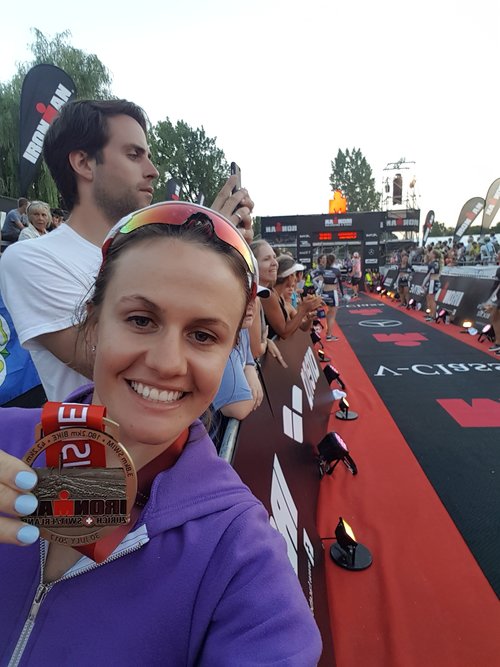
OVERLOOK STRENGTH AND CONDITIONING AT YOUR PERIL
Let’s be honest, Strength and Conditioning (S&C) is all too often the training session that first gets dropped or overlooked by many sports people, not least triathletes. However, the evidence is pretty overwhelming that regular S&C forms vital part of any successful training programme. The musculoskeletal system provides form, support, stability, and movement to the body. Strengthening this system as a triathlete is key. S&C will improve your performance and lessen your chance of injury.

SO WHAT IS STRENGTH & CONDITIONING, AND WHY IS IT SO IMPORTANT FOR ATHLETES?
The two elements of S&C work hand in hand to maxmise your potential. Strength training boosts the power and endurance of muscle groups to boost your performance. Whilst the conditioning element might be said to focus a little more on the mobility to key joints, on the fluidity and timing of movements to improve efficiency, and to minimise muscular imbalances and weaknesses to help avoid injury.
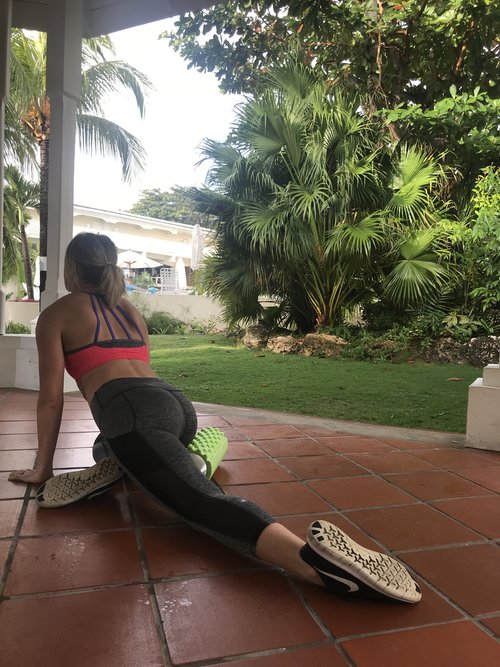
Swimming, cycling and running use repetitive movements over long periods of time creating load on muscles, tendons, ligaments and joints. If there are weaknesses or imbalances in your body this can cause other more dominant muscles to become over worked, often leading to injury. Often the site of pain may not be the root cause of the problem, which is why at times its essential to work with a team to fully understand the context of your pain.
Good quality S&C has exercises and movements that are specific to the movements in your sport and tailored to your training level and goals. This type of focussed conditioning work is sometimes called functional training. I’d recommend any athlete to have a good quality, coach-led S&C weekly session all year round. It’s about focussing on flexibility, mobility, plyometrics (practising explosiveness movements of the muscles), balance and more. It’s also important to remember that a S&C plan needs to be specific to the individual and that having someone lead the session can really help you understand key areas for you to focus on.
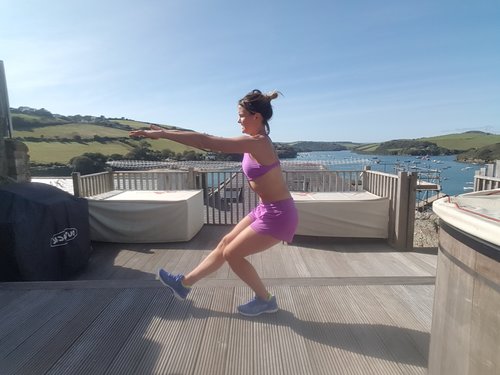
Some reasons why S&C should be incorporated into your weekly training plan.
- Improve triathlon performance – efficiency in all 3 disciplines.
- Injury prevention – S&C can help to avoid overuse of muscles by minimising imbalances in the body, and smoothing out imbalances in muscle activation.
- Improve muscle recruitment for when you need it during races.
- Creating a strong but dynamic inner support system (or ‘core’) will stabilise the body and maintain a good posture, on the bike in the water as well as running.
- Having weaknesses & imbalances in your body can lead to a decreased power production in the legs, overuse of injury, poor posture and muscular imbalances.
- A subtle balance of both core strength AND flexibility is important to hold a good aero position on the bike
- Improving joint range of motion, and power through range, allows you to maximise you muscles when you need them.
In my view, it’s not about lifting and smashing out generic super-heavy KGs but rather focus on building a well conditioned body that will allow you to pursue your sport with more efficiency, power, strength, and avoid injury, improve musculoskeletal imbalances and strengthen weaknesses
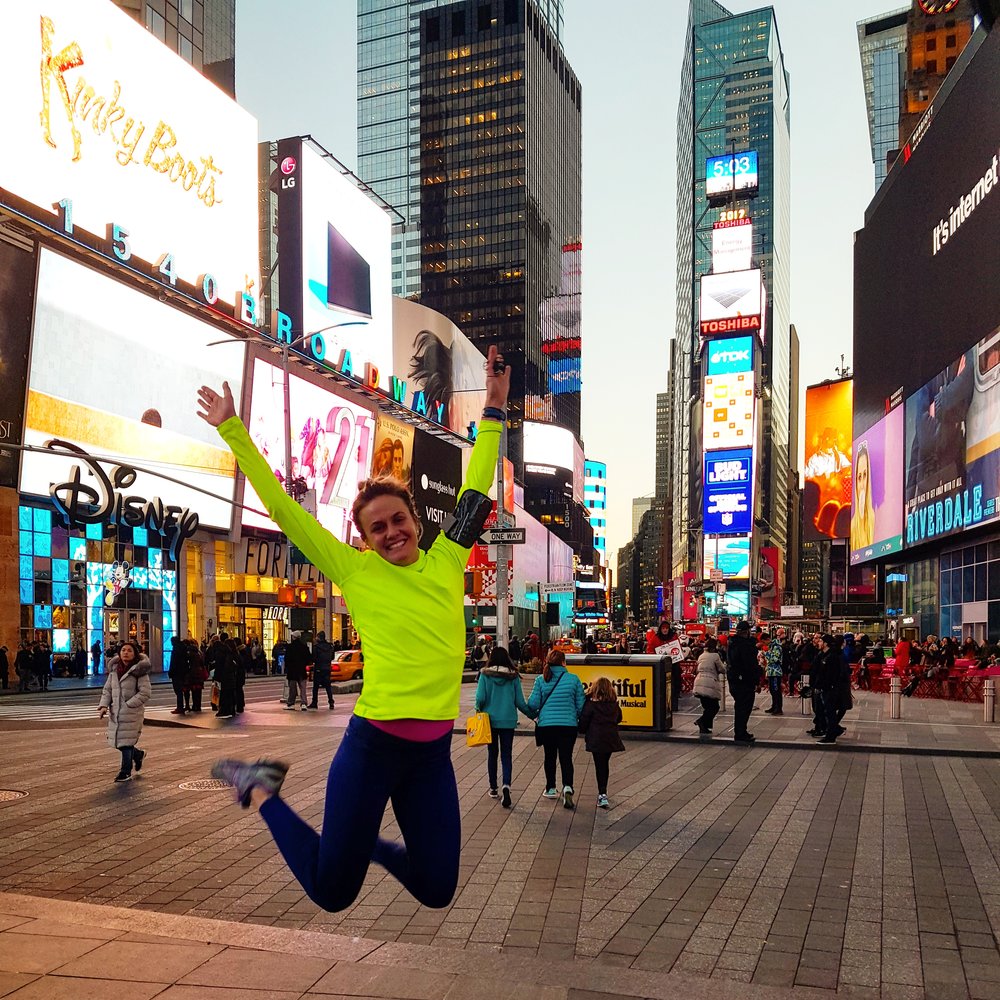
MOBILITY & ACTIVATION
Mobility and activation exercises activate specific muscles being used in your training, firing up your neuromuscular system and increase range of motion. Ultimately prepping your body for the exercise it’s about to do. It offers huge benefits to your workout, and it’s something often disregarded. A few examples include:
- Glute activation exercises before cycling prepares the muscles before ride (clams, bodyweight squats, lunges and jumps)
- Resistance band work before rides activate the muscles eccentric and concentric ranges
- Foam rolling before rides and runs can help with soft tissue restrictions and boost blood flow.
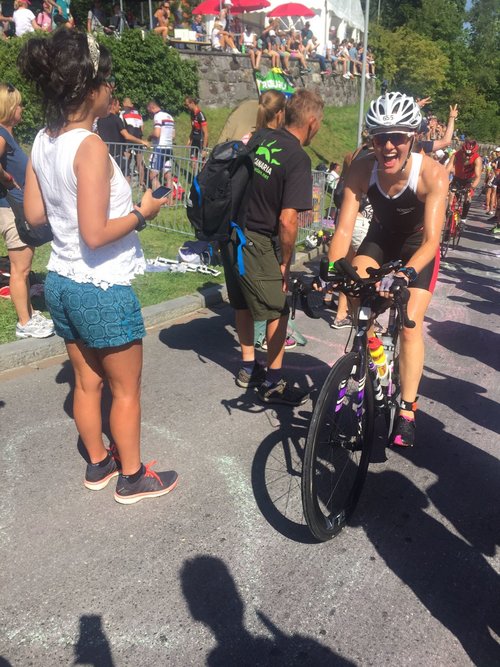
EXAMPLES OF STRENGTH AND CONDITIONING EXERCISES
There are many exercises and this list isn’t exhaustive. Check out this article on S&C I wrote for Liv Cycling and Bike Radar for some fuller examples.
- Lat Pulldown – great for swimmers, working those latissimus dorsi muscles. This is my staple weekly shoulder, arm and back exercises. Important to focus on good technique to avoid shoulder injury
- Single Leg Squat – fantastic for building strength and neuromuscular control
- Squat – Ideal to work on those glutes. Often cyclists have relatively weaker glutes, and bias their hamstrings and quads. This exercise helps to protect the back and knee joints by building strong glutes.
- Lunges – forward and back to work acceleration and decceleration / eccentric and concentric
- Core stabilisation exercises such as Dead Bugs and Planks to help access the body’s deep musculature
- Box Jumps – works on explosive power through the legs and core – great for giving you that kick when you need it.
- Kettlebell exercises, these dynamic loaded compound movements are fantastic (when coached correctly and safely) for working large numbers of muscle groups.
I’m really thrilled to have joined the team at Fix and to be able to offer focussed sport-specific S&C in their new Studio in London Fields. Come and give it a go!
